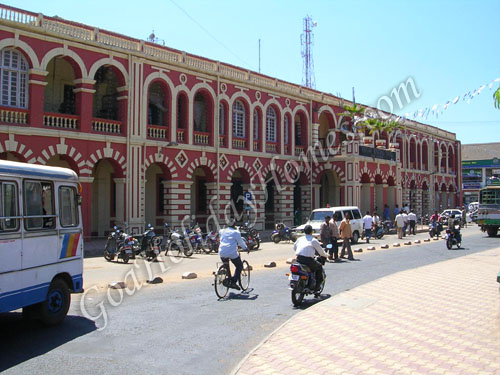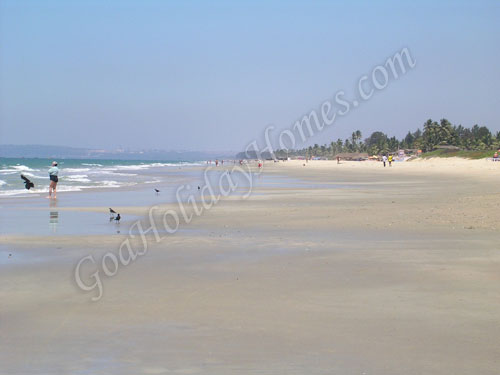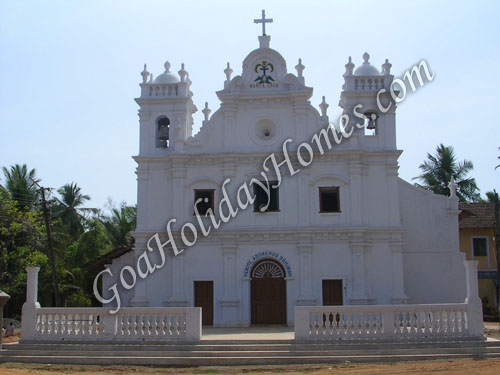Salcete
Contrasting to dominance of Hindu temples in Ponda, Salcete on the other hand was equally dominated by Christian population, which was nearly 70% justifying it as an Old Conquest in every respect.
The legend of this coast comes from the fact that Lord Parashurama's arrow to part the sea from the land in order to perform a sacrifice fell at this place which was renamed Bannali or the place where the arrow fell, later to be known as Benaulim.
The sacrifice was performed with the help of Gaud Saraswati Brahmins wherein 96 families arrived for the same. 66 of them settled at the south of Zuari river, giving the place its new name �Sassat� or �Sashti� later renamed as Salcete. Those that settled on the island on the northern side gave the area its name Tissis (thirty) or land of thirty villages later renamed as Tiswadi.
Mormugao, formerly a part of Salcete for nearly a century, was separated in 1917 for administrative purposes. Salcete can be distinctively divided into 4 separate elements namely Margao town, the coastline of Salcete, some inland villages and the stretch of the countryside between the Dabolim airport and Cortalim village.



